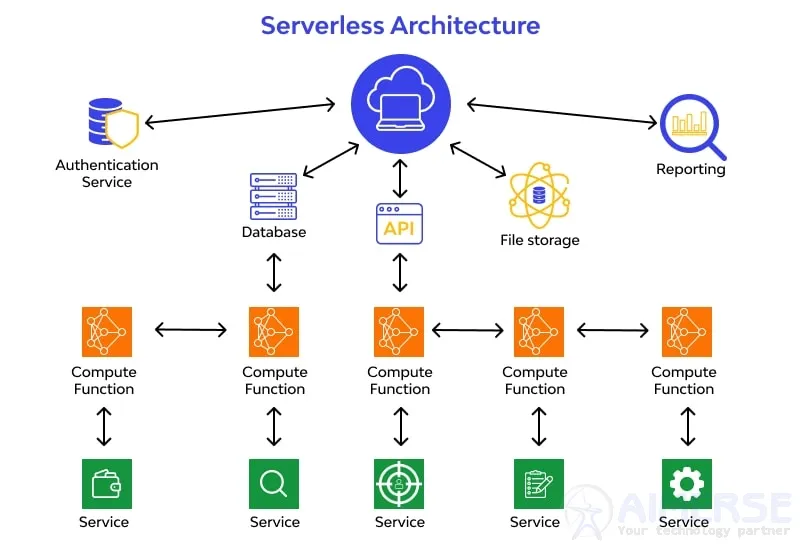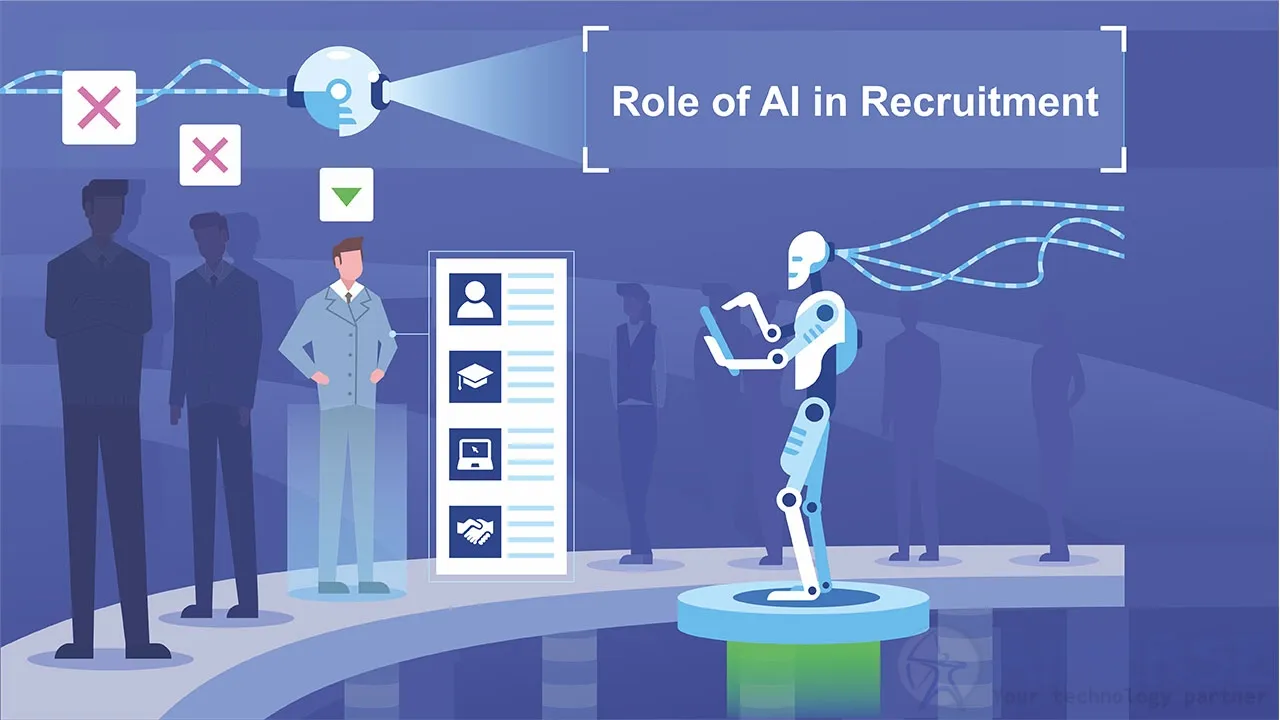Serverless Architectures: Benefits for Scalable Web Applications.
The new revolutionary approach toward web development has reached a heaven's gate for developers through serverless architecture, which gives the developer the freedom to create and deploy applications without having to worry about hassle management concerning underlying infrastructure. It has been very vital, especially while creating scalable and efficient web applications.
Understanding Serverless Architecture
Serverless architecture is the model of cloud computing execution, wherein server allocation is dynamically carried out by the provider, and servers are provisioned. This way, developers can write and deploy code with no attention paid to the underlying infrastructure and can focus on application functionality.
Core Advantages of Serverless Architecture
-
Auto Scale Application's Compute Capacity:
- Depending upon the incoming traffic, serverless platforms auto-scale their operation within optimal performance in varying load conditions.
-
Cost Efficiency :
- In pay-as-you-go, costs are only applied to real consumed compute time; no cost is applied toward idle server resources
-
Reduced Operational Overhead:
- Since cloud providers are assuming all the work of server management, development teams can concentrate on their code writing and speed up their deployment cycles.
-
More Flexibility:
- A serverless architecture means one can fast-update and deploy new features, enabling an enterprise to fast-react to any changing market need.
Implementing Serverless on Web Applications
To use serverless architecture efficiently on your web applications,
-
First, determine Suitable Use Cases:
- Applications where event-driven functions like authenticating users or processing data exist, or that process API calls are great opportunities to apply the serverless mechanism.
-
Choose the Right Provider:
- Use a cloud provider that provides robust serverless services that are compatible with your application's requirements.
-
Design for Statelessness:
- Your application components should be stateless; serverless functions have very short lifespans and do not have the ability to store state between executions.
Things to Watch Out For
While serverless architectures carry many advantages, it is beneficial to be on the lookout for some potential issues:
-
Cold Start Latency:
- Very seldom-called functions can take an interminable period the first time they are called. The mitigation techniques are to keep the functions warm or optimize the code for quicker startup.
-
Vendor Lock-In:
- Dependence on services from one vendor might make future application migration difficult. Design for portability solves this problem.
Conclusion
A serverless architecture will lead to more scalable, cost-effective, and agile web applications. This approach can be leveraged by a business by focusing on adding value to its users without worrying about the traditional model of server management.
Aimerse Technologies specializes in developing custom software applications based on technologies like React.js, Node.js, Python Django, Laravel, and Java Spring Boot. Our expertise allows you to have a serverless architecture that scales your web applications for modern development ways.











